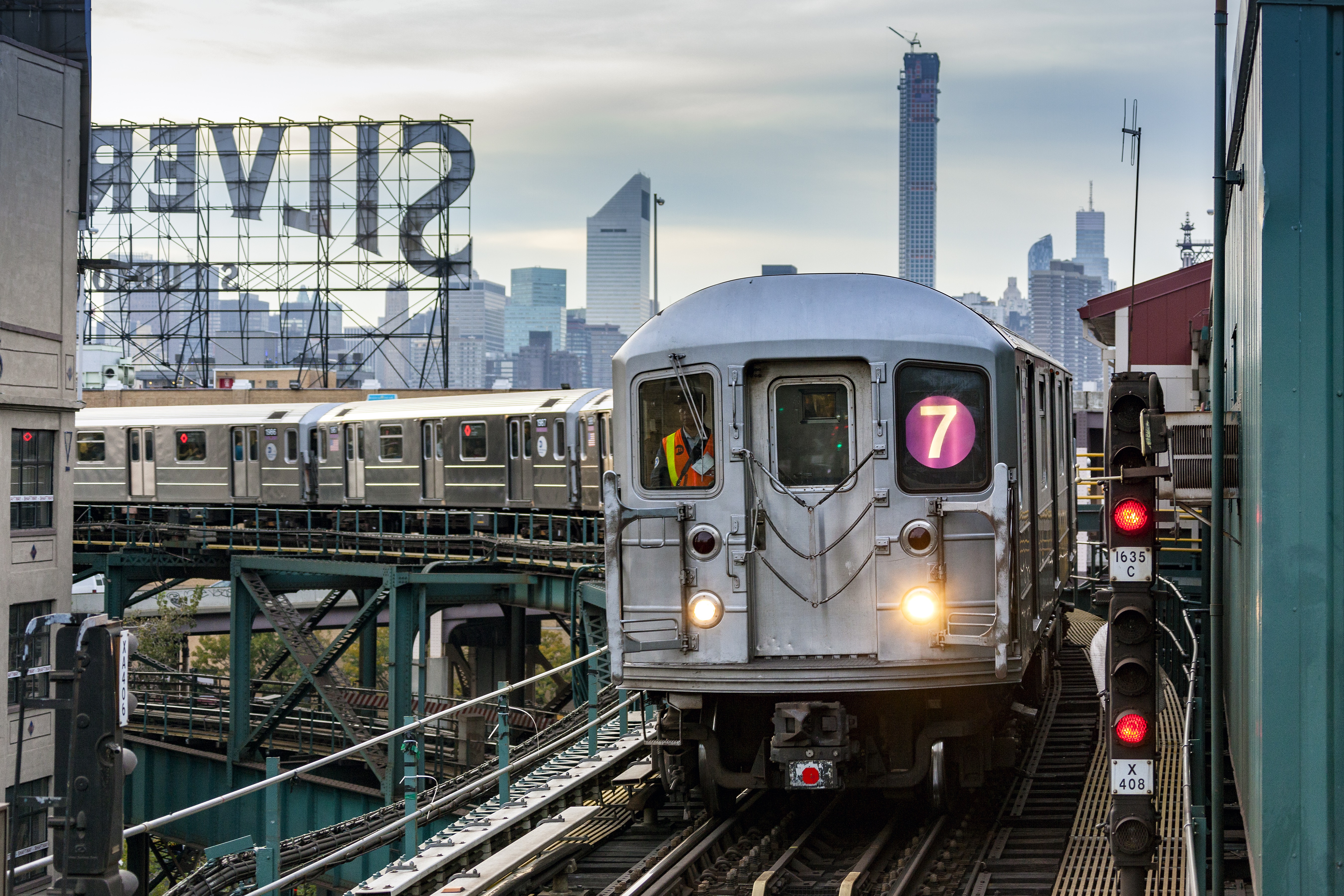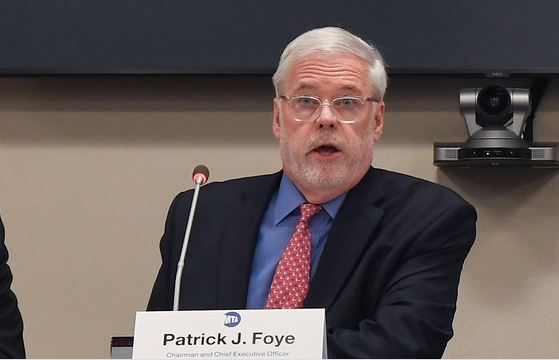
iStock
March 18, 2020 By Michael Dorgan
The MTA has requested a $4 billion federal bailout to offset the impact coronavirus is having on the agency as ridership levels plummet and costs to combat the virus increase.
In an urgent letter to New York’s congressional delegation, MTA Chairman and CEO Patrick Foye said the transportation authority is facing “financial calamity” as more people stay at home following the advice of medical experts.
The agency, which runs the city’s bus, subway and commuter rail system, is forecasting operating losses of $3.7 billion over the next six months based on recent ridership trends with enhanced cleaning protocols set to cost a further $300 million.
“Ridership has fallen approximately 60 percent on the subways, 49 percent on buses, 90 percent on Metro-North and 67 percent on Long Island Rail Road,” Foye wrote.

MTA Chairman and CEO Patrick Foye (Photo: Metropolitan Transportation Authority).
“We project the full impact will be over $4 billion by the end of 2020 – even without accounting for the expected collapse of the more than $6 billion in state and local taxes dedicated to the MTA,” he added.
The MTA continues to operate all of its services and has substantially increased the intensity and frequency of cleaning protocols across the system, disinfecting all stations and touchpoints twice a day, according to Foye.
“Our entire fleet of subways, buses and rail cars is disinfected on a 72-hour cycle – except for Access-A-Ride vehicles serving the disabled, which are sanitized daily,” he wrote.
Foye said the MTA has already committed to $2.8 billion in savings over the next few years but will not be able to find extra savings to cover the costs coronavirus will have on the agency.
One hundred new coronavirus cases were confirmed in the city Tuesday as the total number of cases approaches 1,000, Mayor de Blasio said this morning. Ten New York City residents have died as a result of the virus and he expects a sharp rise in cases over the coming days.
On Tuesday De Blasio suggest implementing a “shelter-in-place” policy that would order New Yorkers to stay in their homes but Governor Cuomo is opposed to the plan.
“Any blanket quarantine or shelter in place policy would require state action and as the governor has said, there is no consideration of that for any locality at this time,” Melissa de Rosa, secretary to the governor said in a statement.
It comes after de Blasio signed an executive order than bans shared rides in an effort to promote social distancing.
2 Comments

There are other financial solutions to Metropolitan Transportation Authority looking for a $4 billion bailout from Washington due to unanticipated costs incurred by the Corona Virus. Washington has already accumulated $23 trillion in long term debt. With a $4 trillion plus annual budget, this debt was anticipated to grow by $1 trillion annually for years to come prior to the Corona Virus. The federal government will fund a stimulus package of $850 million. It will be paid for with more borrowed funds increasing our national debt once again. This legislation will deal with the growing Corona Virus. Every village, town, county, city and state along with many private sector businesses will look toward Washington for additional financial assistance. Just who is going to bail out Uncle Sam to pay for this? All levels of government and the private sector must also make difficult financial decisions on how to use existing resources. Americans prioritize their own family budgets. They make the difficult choices in how existing resources will be spent. What can wait till later will be postponed. Now the MTA is looking for $4 billion in additional aid from Washington. This is on top of the annual $1.4 billion in assistance provided by the Federal Transit Administration. The MTA has budgeted $4 billion of local funding within the $51 billion 2020 – 2024 Five Year Capital Plan to be used toward paying for the $6.9 billion Second Avenue Subway Phase Two. This project benefits a handful of the 5 million daily transit riders. Why doesn’t the MTA make the difficult financial decisions everyone else does? Given the current financial crises faced by all levels of government, the MTA should postpone funding this project until the next 2025 – 2029 Five Year Capital Plan. Use these funds Currently available under the $51 billion 2020 – 2024 Five Year Capital Plan toward dealing with additional $4 billion costs incurred by the Corona Virus.
(Larry Penner — transportation historian, writer and advocate who previously worked 31 years for the Federal Transit Administration Region 2 New York Office. This included the development, review, approval and oversight for billions in capital projects and programs for the MTA, NYC Transit bus and subway, Staten Island Rail Road, Long Island and Metro North Rail Roads, MTA Bus along with 30 other transit agencies in NY & NJ).
MTA with the same sad song , their own employees are getting paid for overtime that they haven’t work, the massive bonuses they give each other . Someone such audit them.